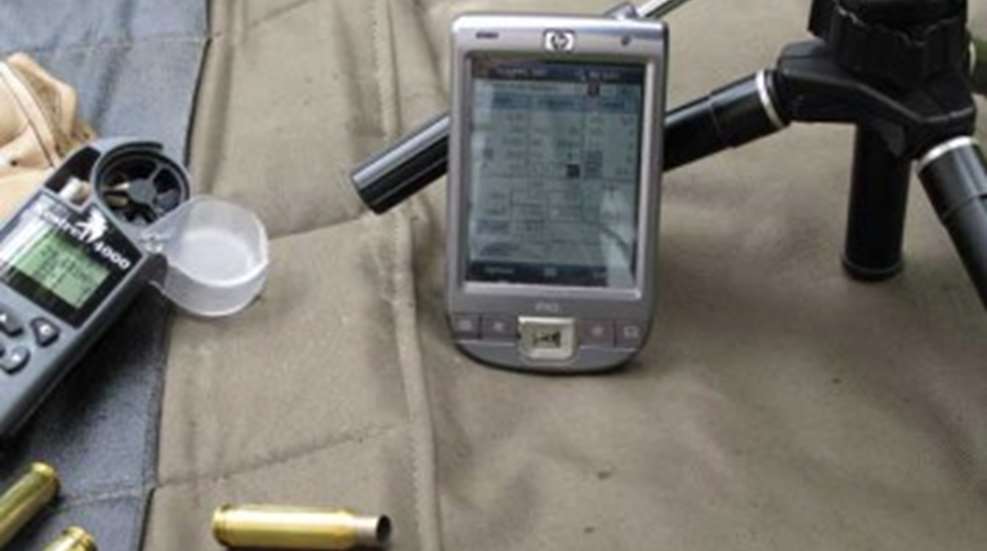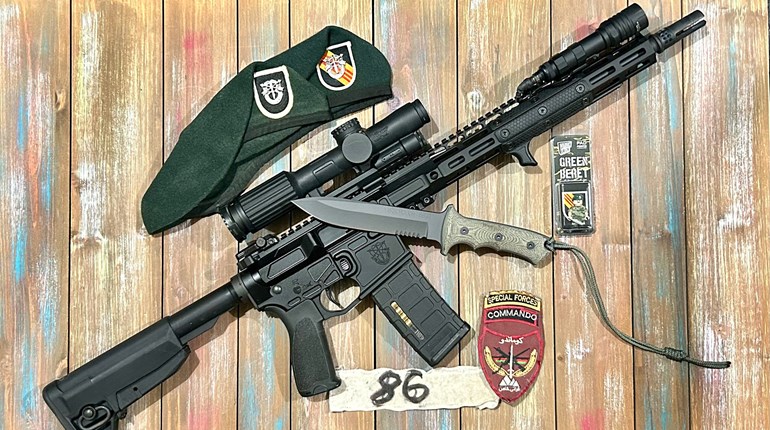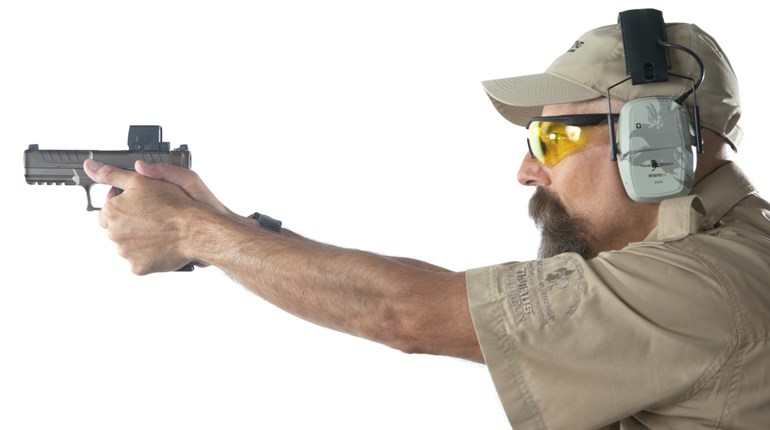
In Part I, I covered the basics of determining wind speed and direction. These components must be factored into your shooting to complete the wind-doping process. Wind direction is the easier part to account for; requiring you to hold or adjust sights into the direction the wind is coming from. In a "full value" wind—one coming directly from the three- or nine-o'clock positions—you'll hold or adjust the full value of your wind calculation. For lesser-value winds that aren't directly from the left or right, values are reduced due to less crosswind effect. The amount of hold or adjustment depends on many factors, such as wind speed, bullet type, muzzle velocity and target distance.
Methods for calculating hold-offs range from "Kentucky windage" to state-of-the-art electronics. Hand-held computers (including downloadable phone applications) allow field computing and are readily available these days. Ballistic programs for PCs and hand-held devices incorporate wind speed and direction to yield ballpark wind holds. Most tend to over-estimate crosswind effects and minimize head and tail winds (which come into play for long-range shooting), so be sure to verify before trusting anything other than experience. I relied on hand-held ballistic computers as a sniper, but I can verify that they will fail at the worst possible times. Even when the electronics-gnomes aren't playing jokes on you, circumstances may not allow you to use a hand-held device. Knowing how to calculate wind holds in your head is definitely a useful tool for your bag o' tricks.
Wind formulas run the gamut from painfully complicated to basic arithmetic. Military snipers are still taught an old formula that was developed for a 150-grain .30-06 Sprg. projectile. Unfortunately, it doesn't exactly fit current U.S. military sniper match ammo flight characteristics. Many shooters use an abbreviated version of the formula for many common .308 Win. loads:Range (in yards or meters) divided by 100, times wind velocity (in mph), divided by your gun and load's constant=moa of correction.
Example: With a target range of 500 yards and a full-value wind speed of 10 mph
500 (yards) divided by 100=55x10 (mph)=5050/10 (gun and load's constant)=5 moa
Your specific projectile type and velocity will determine how to tweak this generic formula. Try using different constants to find what works for your pet loads. Often you'll find different constants are needed for multiple range brackets (i.e., one constant for 100-400 yards, and another for 500-700 yards, etc.). I use the same formula for my 5.56 NATO shooting, with a constant of 5 for 55- to 62-grain loads and 7 for 68- to 77-grain loads out to 400 yards.
The moa hold provided by this formula is intended for full-value winds. I cut my wind hold calculations in half for half-value winds. The 5 moa example above would yield a 2.5 moa adjustment for the same winds at half-value. Many shooters further quarter their wind directions and you may want to try that technique for accuracy. Full-, half- and no-value winds work for me, so I'm happy.
Once calculated, corrections may be applied by dialing them in with the scope's windage knob. If it's graduated in some fraction of moa, this is an easy method that works well for static targets and set ranges. However dialing-in doesn't lend itself to dynamic and fast-moving environments due to the need to continually adjust the windage knob between shots for variable winds and different ranges. I prefer to use hold off for winds using milliradian-based (mil) reticles, which requires an extra step to convert moa to mils.
3.438 moa = 1 mil
I use 3.5 moa to 1 mil for simplicity's sake. The 5 moa correction from the earlier formula converts as follows:
Five divided by 3.438 = 1.45 mils, or round to a scope-friendly 1.5 mils
Five divided by 3.5 = 1.43 mils, or round to 1.4 mils
The difference is negligible, which is great for mathematical morons like me. If you lack a mil-based reticle, you can convert moa to inches and estimate how many inches left or right of your target to hold the center of your reticle. Remember that 1 moa = 1.0472 inches at 100 yards, and 1.1446 inches at 100 meters.
Whatever method you use to adjust for winds between you and your target, find the technique that works best and hone it to the point of high confidence. Seek windy training environments for your practice sessions. If you find yourself chasing shots all around the target, go back to the mathematical formula you're using, recalculate fresh and try again. More often than not you'll have more success than by using the artillery method of bracketing your target with multiple rounds.





































